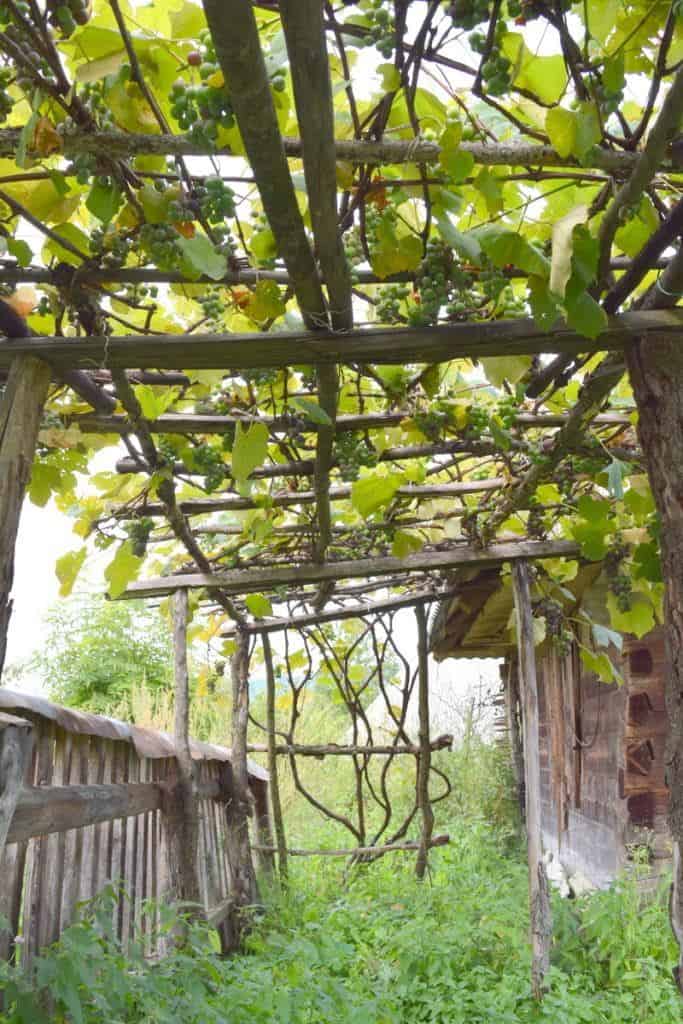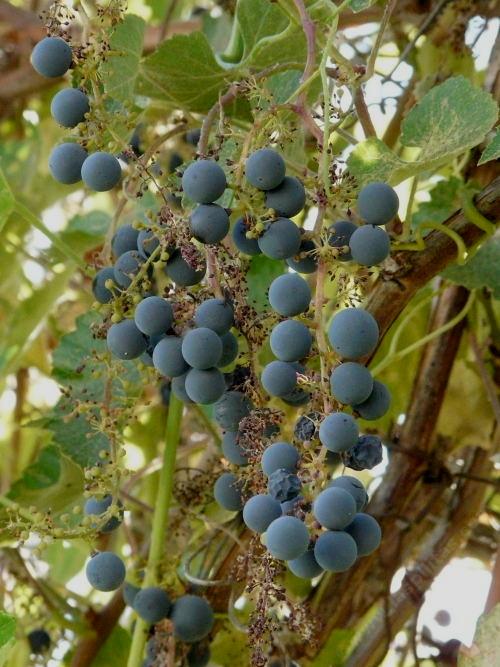

During the Second World War it became an important British base.įollowing the Armistice Agreement of 24 February 1949, Rafah was located in Egypt-occupied Gaza and consequently, a Gaza–Egypt border did no longer exist. From the mid-1930s the British enhanced the border control and Rafah evolved as a small boundary town which functioned as a trade and services centre for the semi-settled Beduin population.

After World War I Palestine was also under British control, but the Egypt-Palestine Boundary was maintained to control movement of the local Bedouin. The Ottoman–British agreement of 1 October 1906 established a boundary between Ottoman ruled Palestine and British ruled Egypt, from Taba to Rafah. The transliteration of the Hebrew name, "Rafiah", is used in modern English alongside "Rafah" Development

If you would like to obtain a copy of "The Wood Doctor's Rx", visit the Wood Education and Resource Center Web site for more information.Over the ages it has been known as Rpwḥw by the ancient Egyptians, 𒊏𒉿𒄭 Rapiḫi or 𒊏𒉿𒄷 Rapiḫu by the Assyrians, Ῥαφία Rhaphía by the Greeks, "Raphia" by Romans, רפיח "Rafiaḥ" by the Israelites, "Rafh" by the Arab Caliphate. Professor Gene Wengert is Extension Specialist in Wood Processing at the Department of Forestry, University of Wisconsin-Madison.Ĭlick on Wood Doctor Archives to peruse past answers. They found no evidence even suggesting take-up and translocation of wood preservative into the plants! So my answer is: Get properly treated material and then there is no risk. So, what is the "bottom line?" A study at NC State University, reported in the Sept 1974 Forest Product Journal, checked grapes that were 3 inches from CCA material after 1, 2, and 3-years. Ask the place where you are buying the material to give you a kiss (Consumer information sheet = CIS, but pronounced "kiss.") Avoid breathing the dust (sawdust when cutting). In all cases, however, never burn the scraps.

There are also some newer preservatives which are even safer, if properly applied. The lumber might be advertised as "treated to refusal." (Don't waste your money on this stuff.) You can expect some excess preservative on the surface which could be disolved during the first rain storm. Landscape timbers are often their product. But there are some not-so-reputable treaters who try and treat wood, but are not interested in the safety of the situation. You can be assured of correctness when the lumber has a stamp (ink stamp) on it for the treating (not for the grade) or has a sticker on the end.
GRAPE ARBOR FREE
There will be little residue or free salts after treatment the salts bond with the wood to form an unsoluble mixture IF DONE CORRECTLY. These salts are put first into water and then pushed into the wood. So, today, most pressure treated wood is treated with CCA (copper, chromium, and arsenic in the form of salts). This treatment has fallen out of favor recently. This was very stable, once in the wood, and was recommended for playgrounds, etc. Some treatments used pentachlorophenol in LPG. (Have you ever seen weeds around a telephone pole in the old days when we used lots of creosote?) Nowadays, the creosote treating is done so that there is less "free" creosote so it is less of a problem. Creosote will leach into the soil and poison the soil around the piece of wood. Is this so?įirst, to formulate an answer, I need to make sure that you appreciate that all pressure treated wood is not the same. I have heard that pressure treated wood should not be used near the growing of food stuffs.


 0 kommentar(er)
0 kommentar(er)
